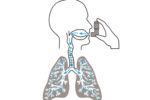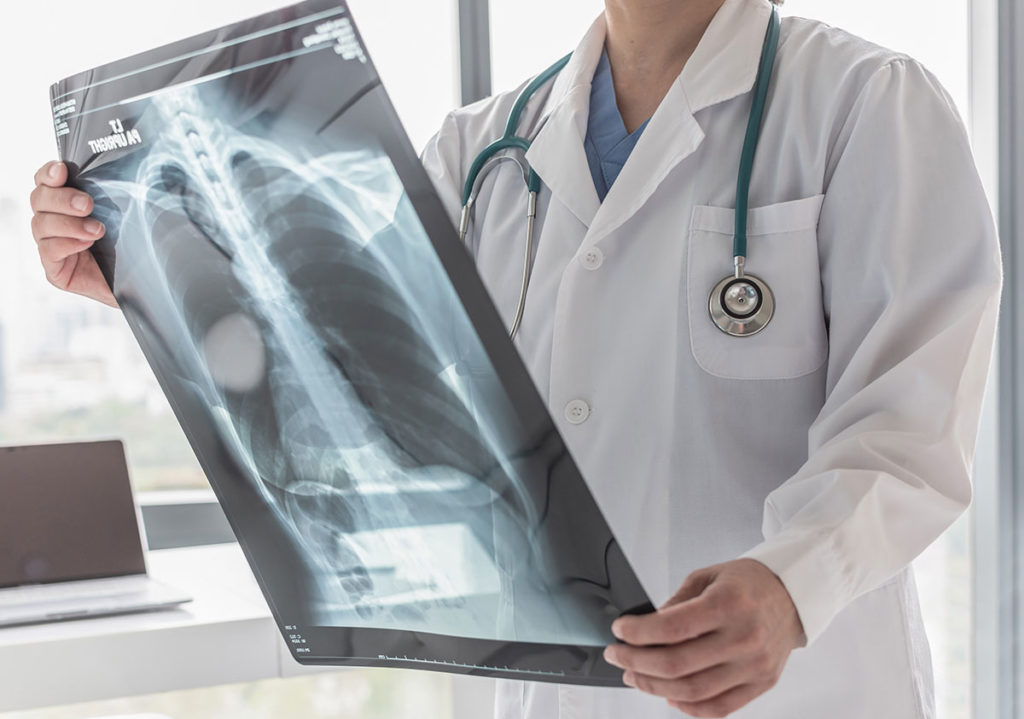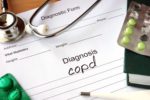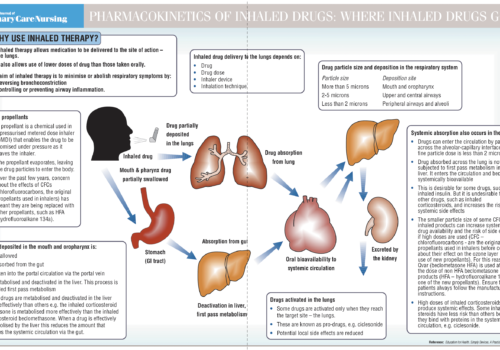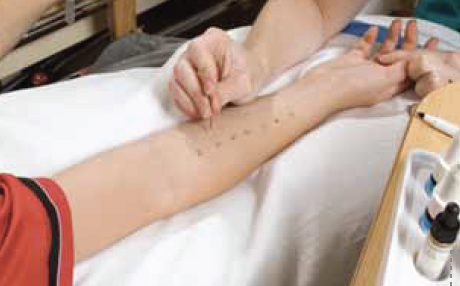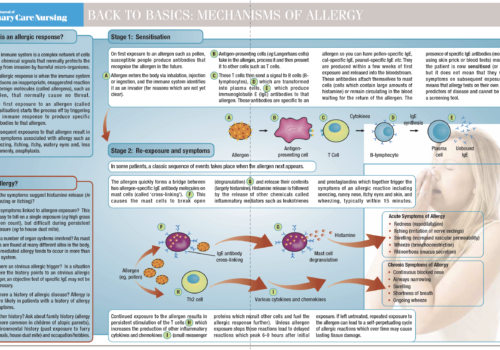The number of respiratory consultations in primary care increases in the winter months.
We see more patients with acute exacerbations of their underlying respiratory condition,
such as asthma or chronic obstructive pulmonary disease (COPD) caused by the cold
weather and the increased number of viruses and airborne infections that occur at this
time of year. So what advice should we give to patients with cold and flu-type symptoms during
the winter? And is the approach we take with respiratory patients in any way different from the
approach taken with otherwise healthy individuals?
